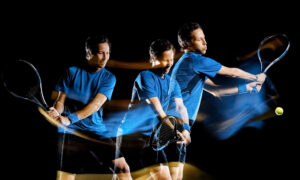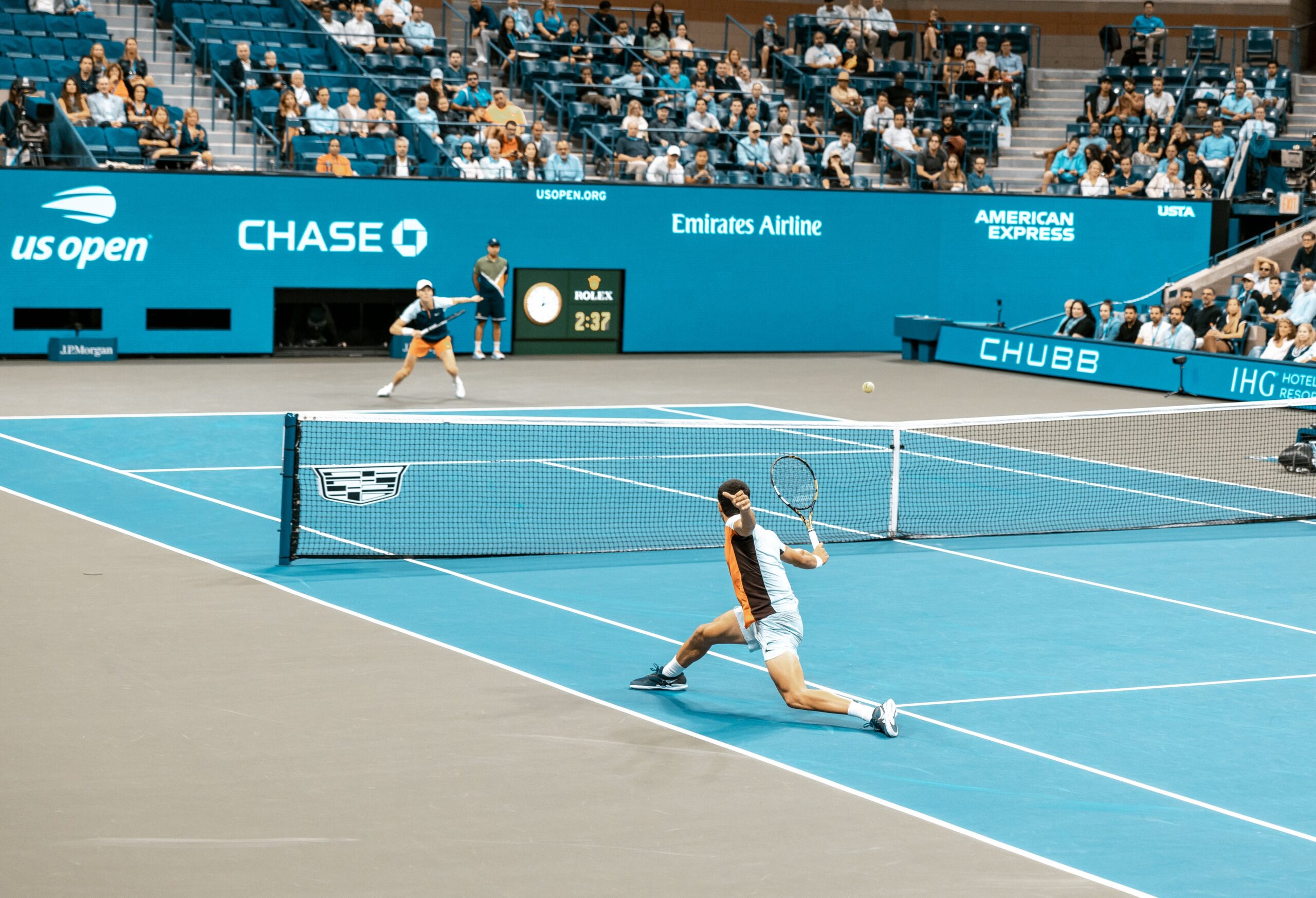
Whether you’re new to the exhilarating world of tennis or a seasoned athlete looking to enhance your game, understanding the rhythm of rallying is absolutely indispensable. Mastery of rallying, the act of continuously returning the ball, can entirely transform your game, making you a fierce opponent and an unshakeable ally.
In this comprehensive guide, we will demystify the concept of rallying, from its fundamental rules to advanced techniques. Drawing on the wisdom of seasoned experts and referencing some of the most iconic matches in tennis history, we will furnish you with insights and strategies you need to improve your rallying skills.
Prepare to dive into an exhilarating exploration of why rallying marks the difference between a good player and a truly great one!
In this Article
- Explaining the concept of rallying in tennis – How many hits is a rally in tennis
- The importance of rallying in a tennis match
- How do you practice rallying in Tennis? Basic techniques for effective rallying
- How to improve your tennis rallying skills
- Case studies: Famous tennis rallies and the longest rally in tennis history
- Equipment to enhance your rallying technique
- Training programs for mastering tennis rallying
- Common mistakes in rallying and how to avoid them
- Conclusion
Explaining the concept of rallying in tennis – How many hits is a rally in tennis
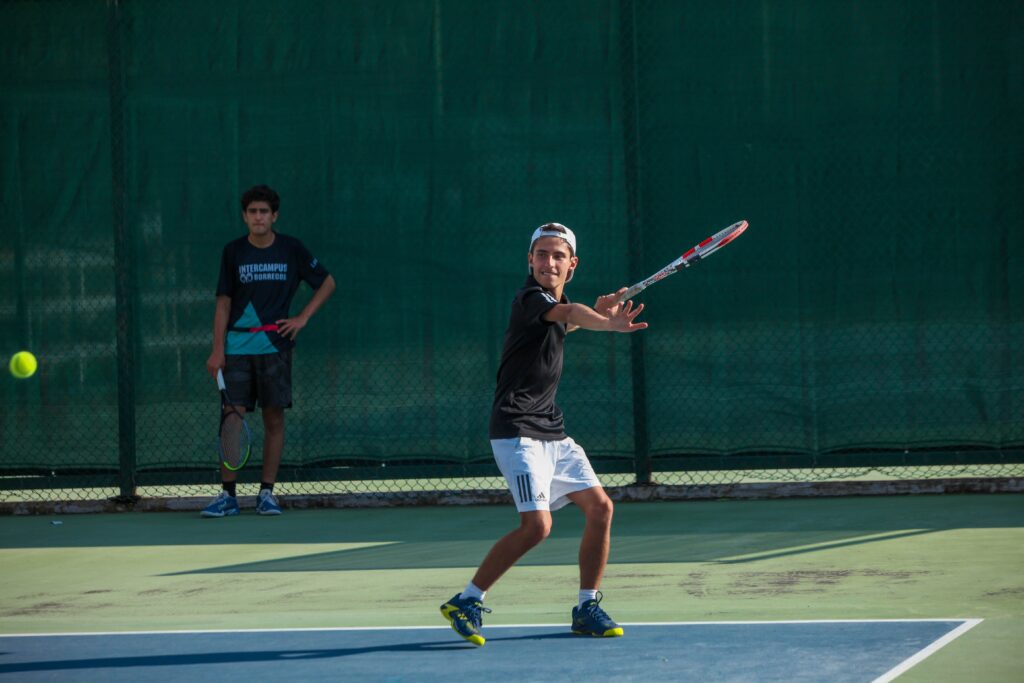
Rallying in tennis is the continuous exchange of the ball between players without a fault or scoring a point. This exchange can commence from a service or a return and is a crucial aspect of the game. It’s a test of both skill and endurance, demanding quick reflexes, precision, and strategic play.
What constitutes a rally in tennis isn’t defined by a specific number of hits. Technically, a rally begins after the serve and the return. So, even if the ball is hit just once by each player, it’s considered a rally. However, in professional tennis, rallies often extend to several hits, turning the game into a thrilling spectacle of athletic prowess and strategic acumen.
The length of a rally can significantly influence a player’s strategy and game play. Short rallies require explosive power and speed, while long rallies demand stamina, patience, and mental toughness. Understanding when to engage in long rallies and when to finish with short, decisive hits is key to mastering the game of tennis.
The importance of rallying in a tennis match
Rallying is the heart and soul of a tennis match. It is during these exchanges that points are scored, matches are won, and champions are made. Whether you’re playing singles or doubles, rallying is where the real battle of tennis lies.
The importance of rallying goes beyond scoring points. It is a vital part of the game’s strategy. A player can use rallies to wear down their opponent, exploit their weaknesses, or establish a rhythm to their game. A player with a strong rally game can control the pace and direction of the match, keeping their opponent on the back foot.
Rallying also improves a player’s physical fitness and mental toughness. Long rallies require endurance, concentration, and resilience under pressure, while quick, intense rallies demand agility, power, and reflexes. Mastering rallying can significantly enhance a player’s overall performance and give them an edge in competitive play.
How do you practice rallying in Tennis? Basic techniques for effective rallying
Rallying in tennis is both an art and a science, requiring a blend of technique, strategy, and physical conditioning. Here are some basic techniques to improve your rallying game.
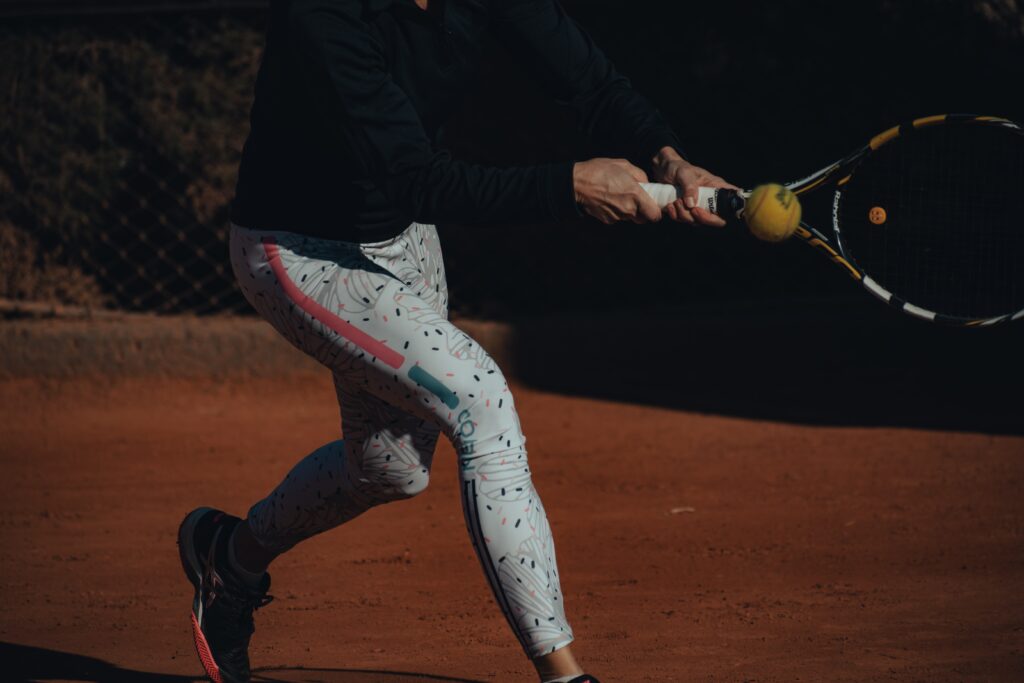
- Firstly, mastering the basic strokes is crucial. These include the forehand, the backhand, the volley, and the serve. Each stroke must be executed with precision and consistency. In addition to the strokes, footwork is also key. Good footwork ensures you’re always in the right position to hit the ball, reducing unforced errors and increasing your shot accuracy.
- Secondly, understanding the geometry of the court is essential. Knowing where to place the ball to make it difficult for your opponent to return is a fundamental part of rallying. This involves studying your opponent’s playing style and exploiting their weaknesses.
- Finally, mental toughness plays a significant role in rallying. Tennis is often described as a game of the mind, and this is especially true in rallying. Maintaining focus, managing stress, and staying positive are critical for success in long rallies.
How to improve your tennis rallying skills
Improving your rallying skills requires a combination of practice, strategy, and physical fitness. Here are some tips to enhance your rallying game.
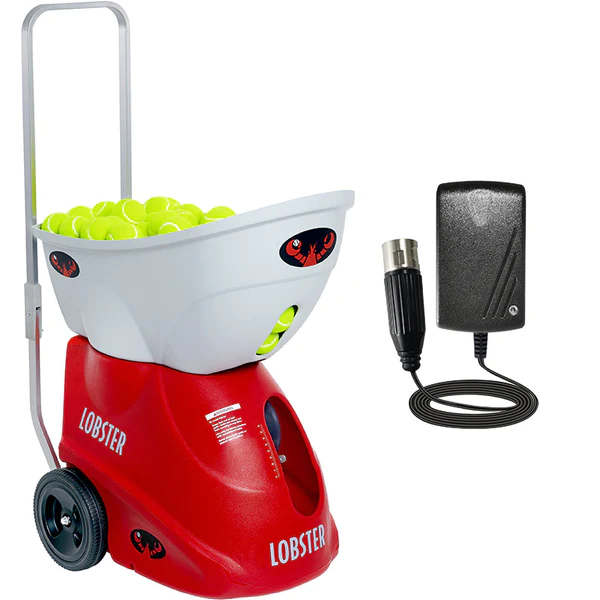
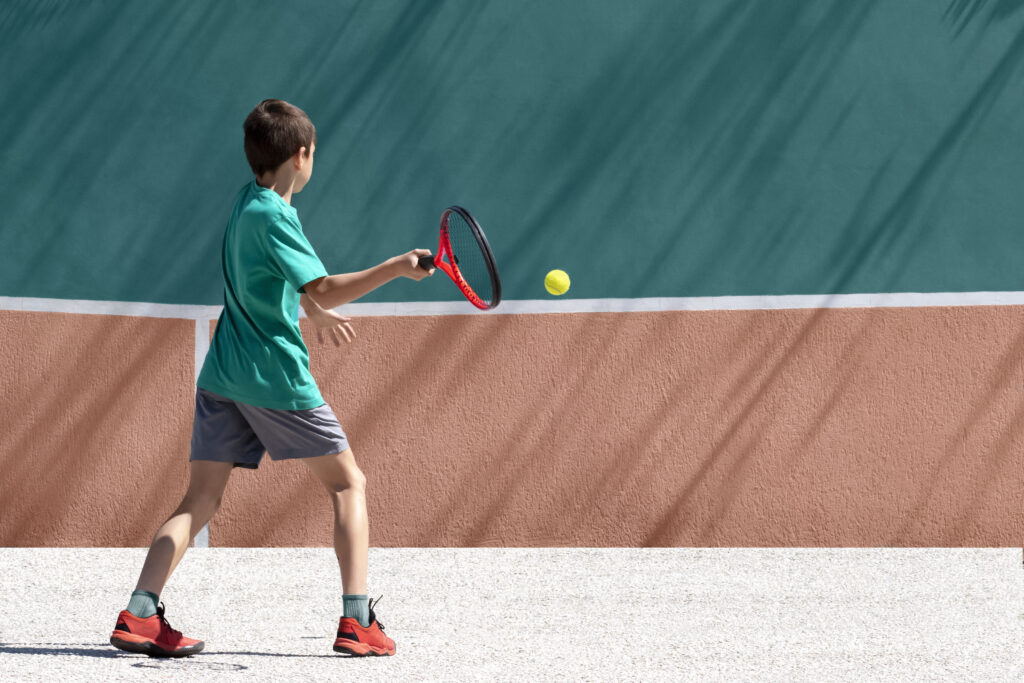
- Firstly, practice regularly. Tennis is a skill-based game, and like any skill, the more you practice, the better you become. Dedicate time each week to practice your strokes, footwork, and court positioning. Use a ball machine, practice with the wall, or rally with a partner to simulate match conditions.
- Secondly, develop a game plan. Understand your strengths and weaknesses and construct your rallies around them. If you have a strong forehand, for example, try to engineer situations where you can use it to your advantage. Conversely, if your backhand is weak, work on improving it or devise strategies to avoid it.
- Thirdly, improve your physical fitness. Tennis is a physically demanding sport, and rallying is particularly strenuous. Incorporate fitness training into your routine, focusing on cardiovascular endurance, strength, and flexibility.
Case studies: Famous tennis rallies and the longest rally in tennis history
Tennis has seen some legendary rallies that have left spectators in awe. These rallies are not only spectacular displays of skill and endurance but also masterclasses in strategy and mental toughness. Let’s look at some of them.
The longest rally in professional tennis history occurred in 1984, during a match between Vicki Nelson-Dunbar and Jean Hepner. The rally lasted an incredible 29 minutes and 643 shots! This epic rally is a testament to the endurance, patience, and mental toughness required in tennis rallying.
Another iconic rally is the 53-shot rally between Novak Djokovic and Rafael Nadal in the 2013 U.S. Open final. This rally, which is often referred to as the greatest rally in tennis history, showcased the exceptional skill, athleticism, and strategic acumen of both players.
These rallies underline the importance of rallying in tennis and provide valuable lessons for players seeking to improve their own rally game.
Equipment to enhance your rallying technique
While skill and strategy are crucial for rallying, the right equipment can also make a significant difference. Here are some equipment recommendations to enhance your rallying technique.
- Invest in a quality tennis racket. The right racket can improve your shot accuracy, power, and control, making your rallies more effective. Choose a racket that suits your playing style and level of experience.
- Use tennis balls that are appropriate for your skill level. Beginner players should use slower balls that are easier to hit, while more advanced players can opt for faster balls that offer greater challenge and improvement.
- Lastly, wear proper tennis shoes. Good tennis shoes provide the necessary grip and stability for quick movements and changes in direction, which are essential in rallying. They also offer the cushioning and support needed to protect your feet and joints from the impact of repeatedly hitting the ball.
Training programs for mastering tennis rallying
There are various training programs available that focus specifically on improving rallying skills. These programs typically combine on-court drills with physical conditioning and mental training. They can be a valuable resource for players seeking to take their rally game to the next level.
On-court drills often involve practicing different strokes, improving footwork, and enhancing court awareness. These drills aim to increase consistency, accuracy, and speed in your rallies.
Physical conditioning sessions focus on improving endurance, strength, and flexibility. These are critical for maintaining performance during long rallies.
Mental training helps players manage stress, maintain focus, and stay positive during a match. This is especially important in rallying, where mental toughness can often be the deciding factor.
Common mistakes in rallying and how to avoid them
Even experienced players can make mistakes in rallying. Here are some common ones and how to avoid them.
Firstly, many players try to hit the ball too hard. While power is important in tennis, control is equally crucial. Hitting the ball too hard can lead to unforced errors and reduce consistency. Instead, focus on hitting the ball with precision and placing it strategically.
Secondly, poor footwork is a common mistake. Good footwork ensures you’re always in the correct position to hit the ball, reducing errors and improving shot quality. To improve your footwork, incorporate agility drills into your training.
Lastly, many players neglect the mental aspect of rallying. They lose focus, get frustrated, or succumb to pressure. To avoid this, practice mindfulness techniques, like deep breathing and visualization, to stay calm and focused during the match.
Conclusion
Mastering rallying in tennis is no easy feat. It requires dedication, strategy, and physical prowess. But with regular practice, the right equipment, and a resilient mindset, you can significantly enhance your rallying skills and take your game to new heights.
Whether you’re a novice taking your first steps in the world of tennis or an experienced player aiming to improve, I hope this guide has provided valuable insights to help you on your journey. Remember, the path to mastery is a continuous one. Keep practicing, stay patient, and most importantly, enjoy the game!

